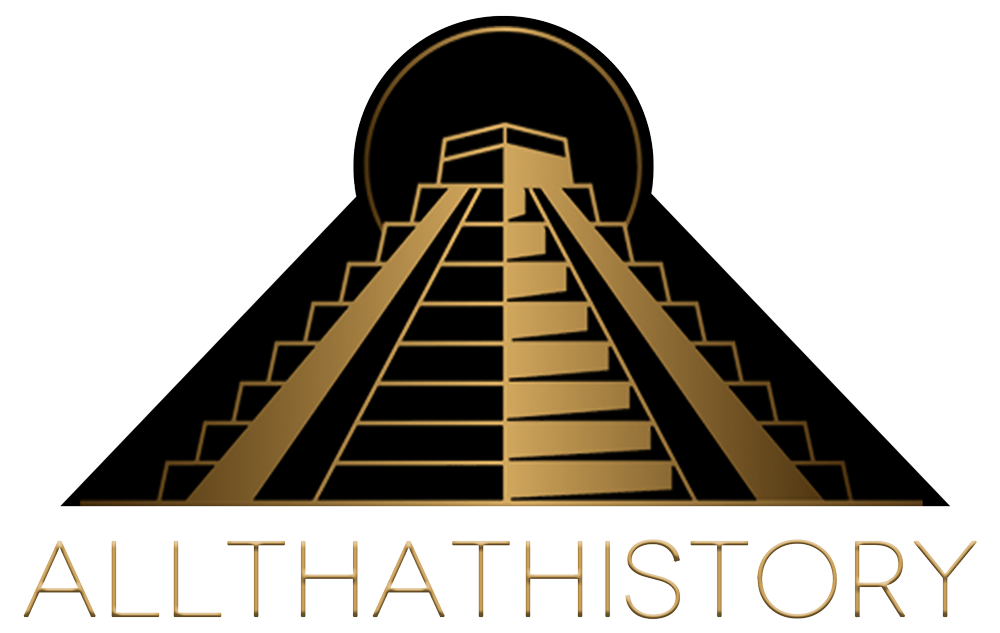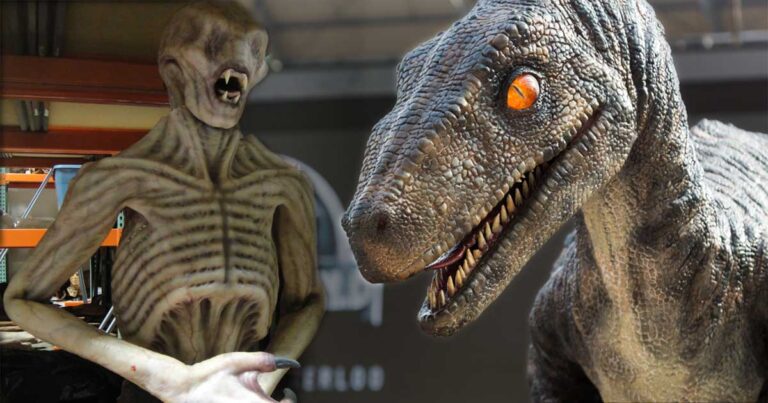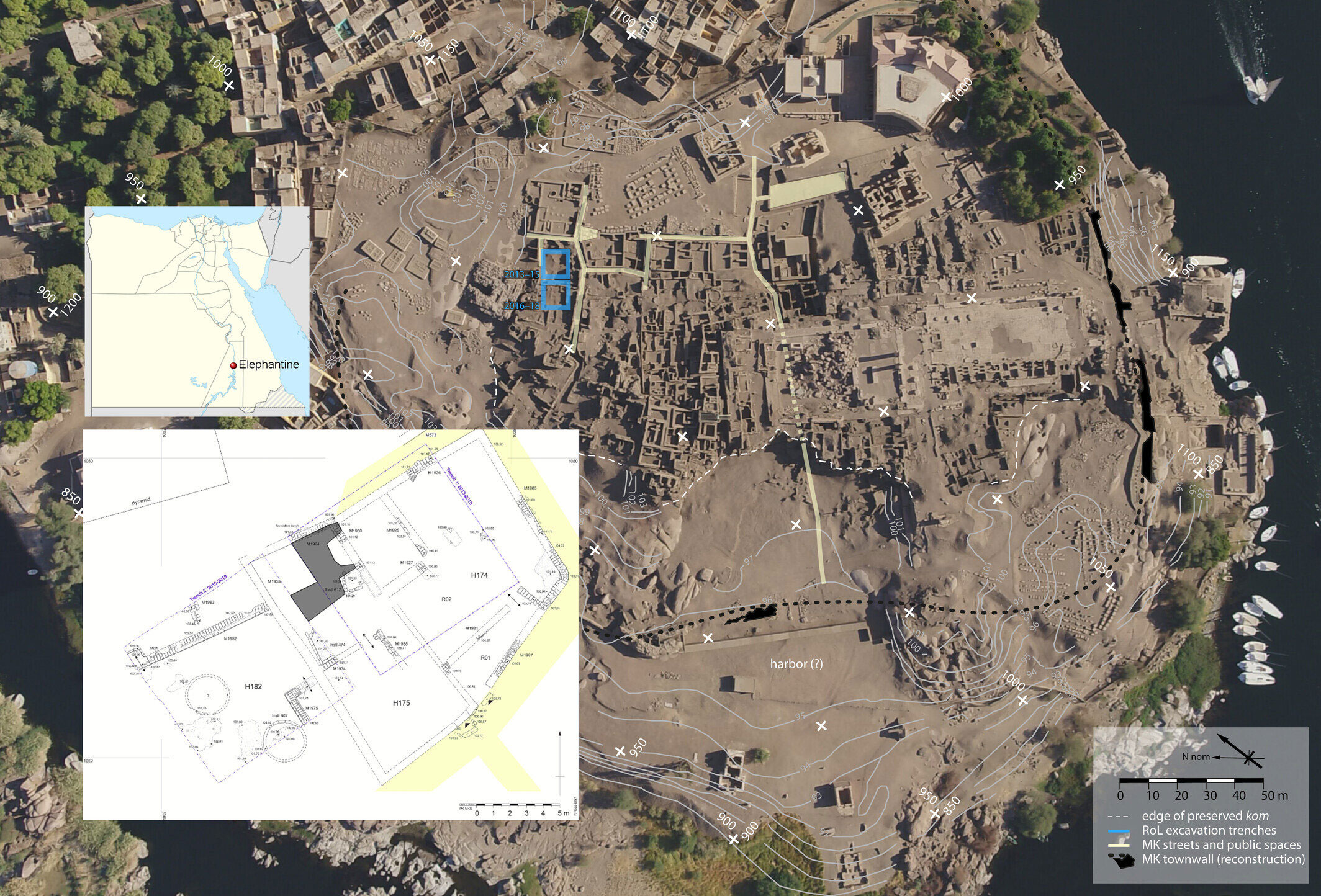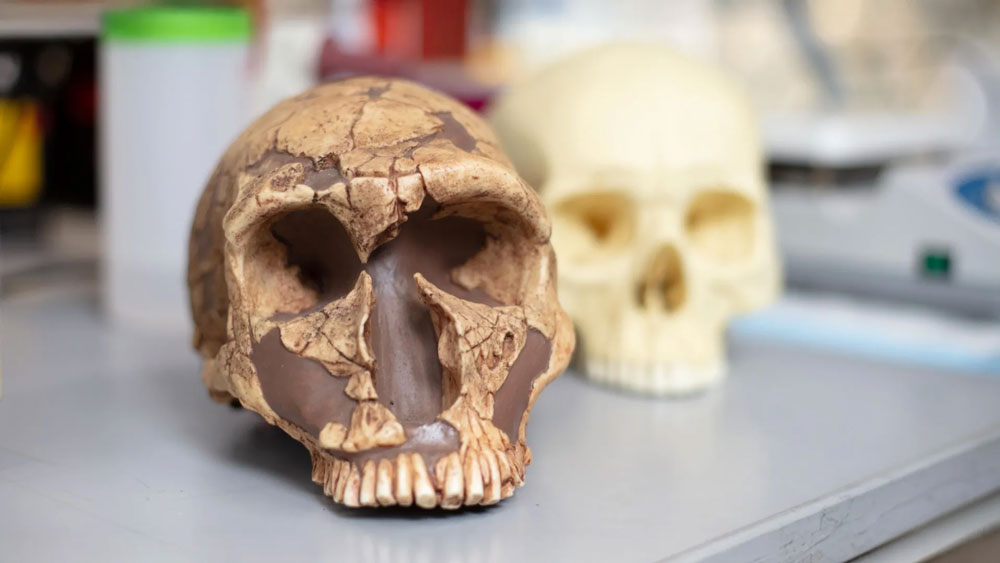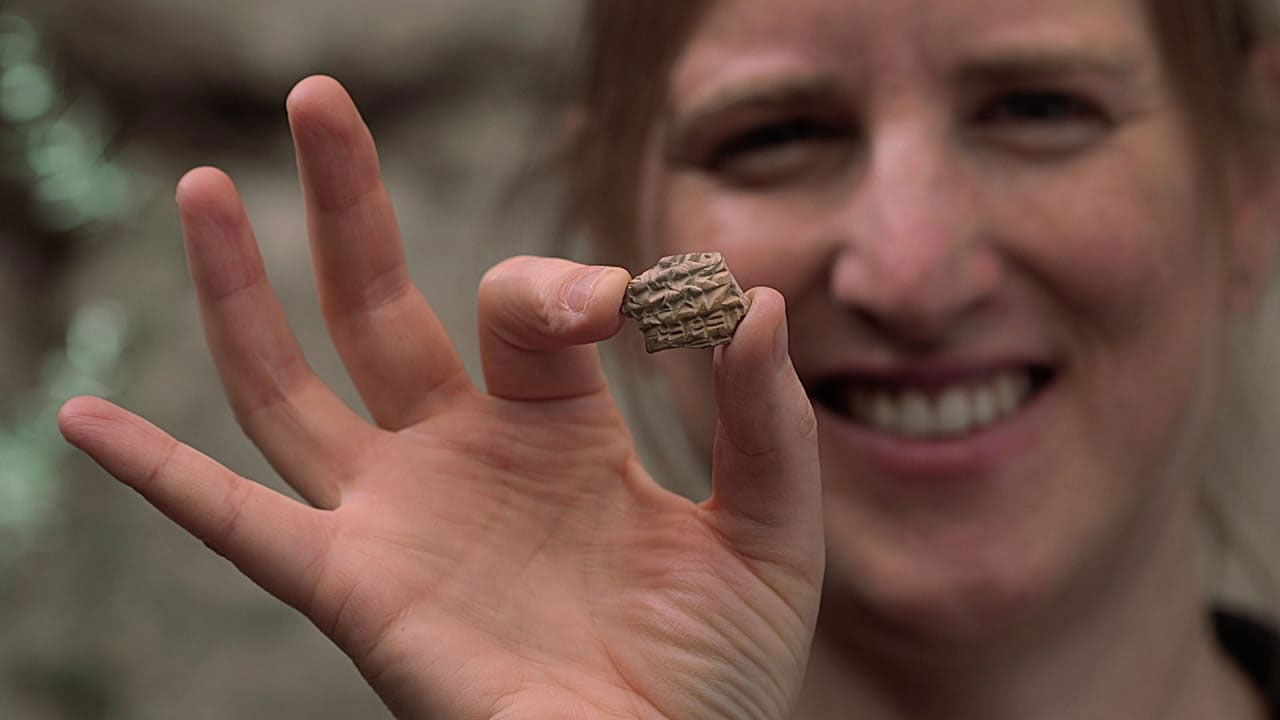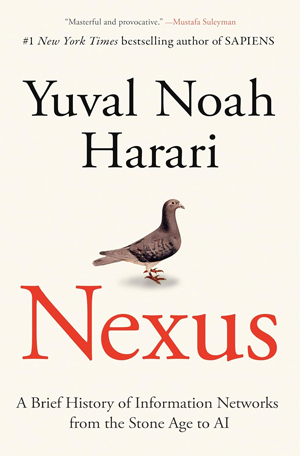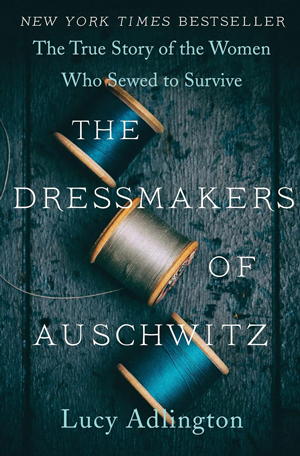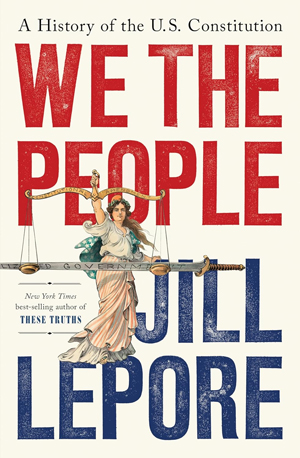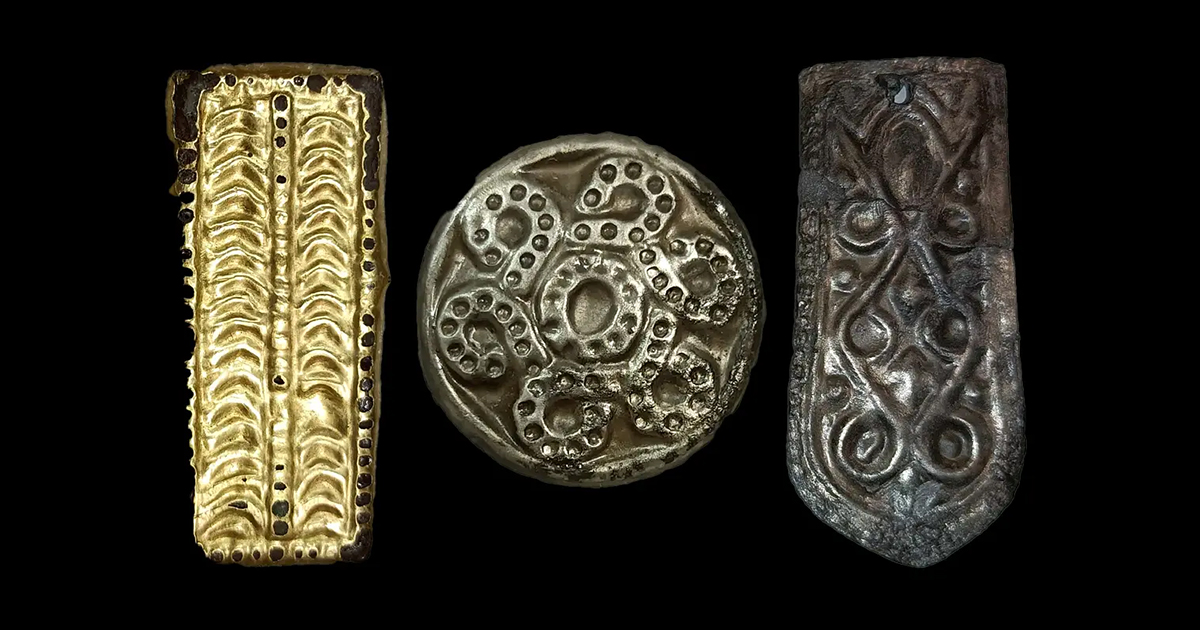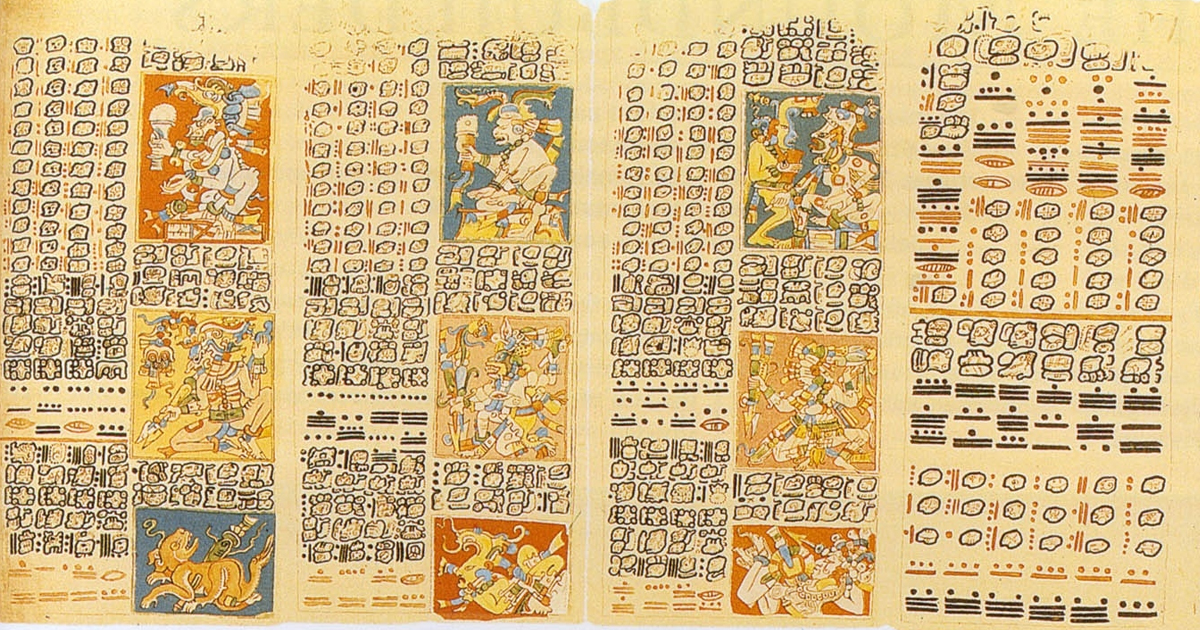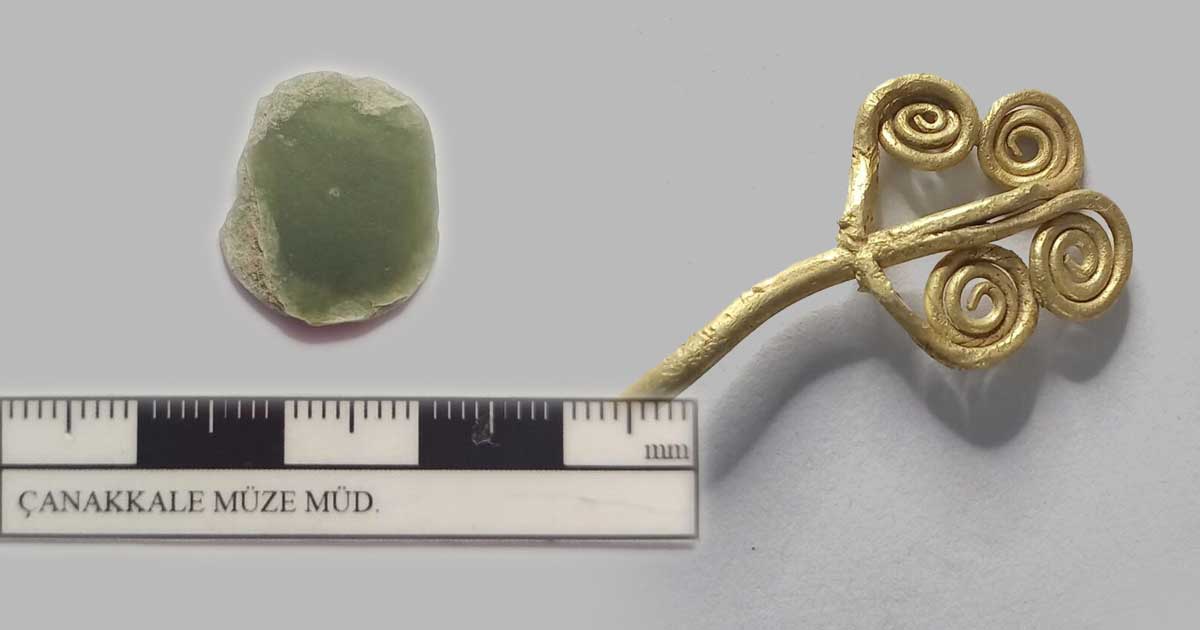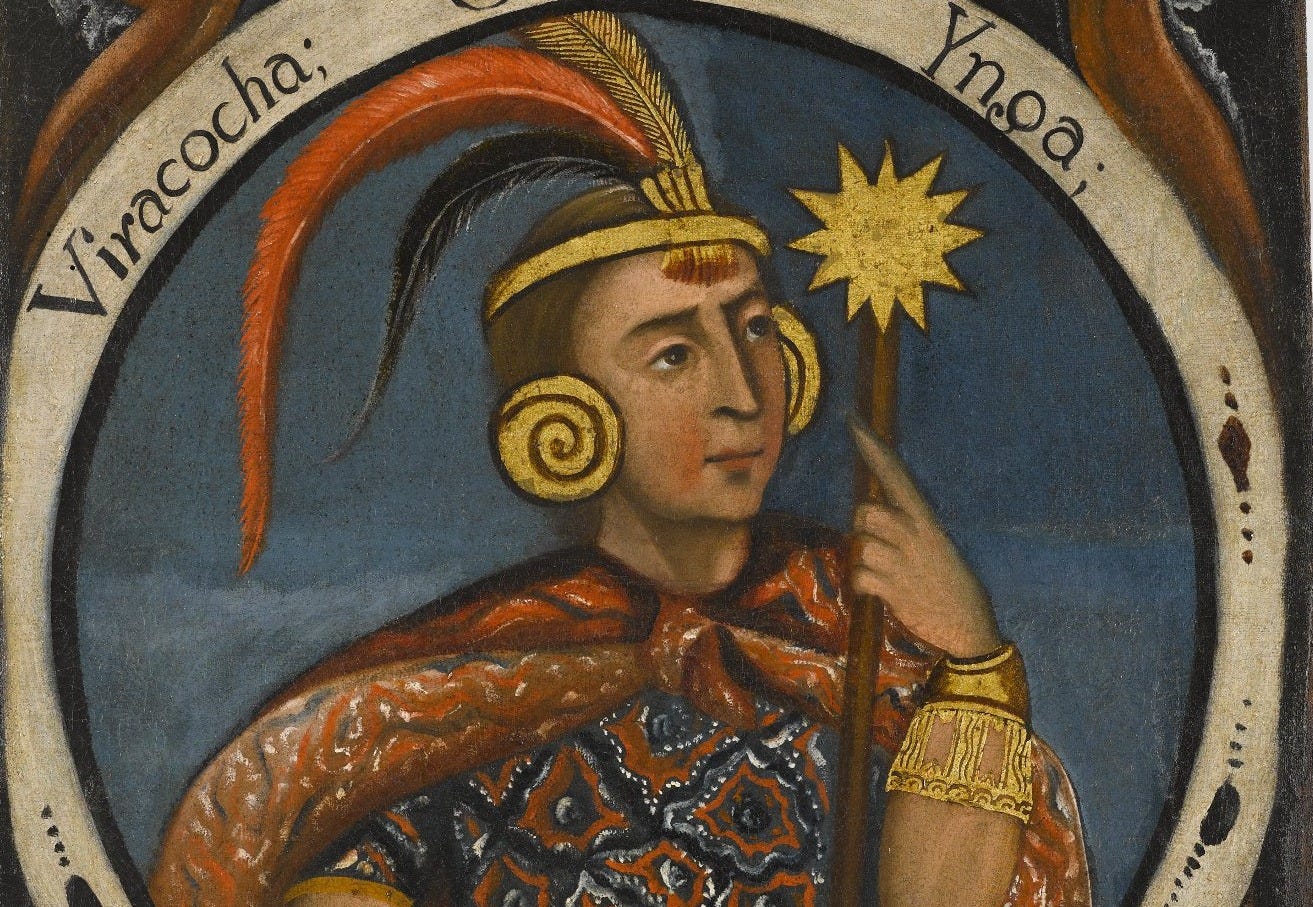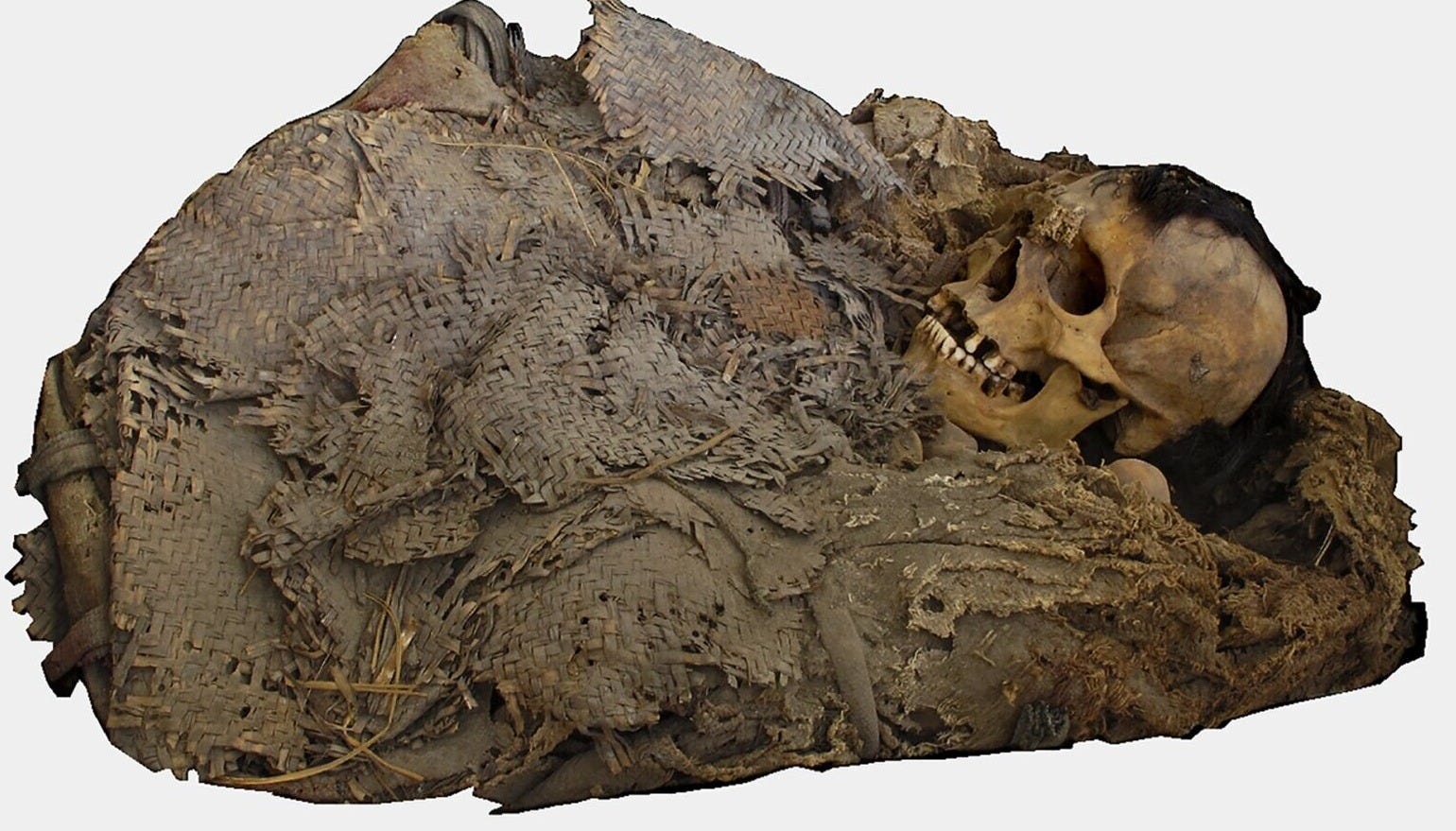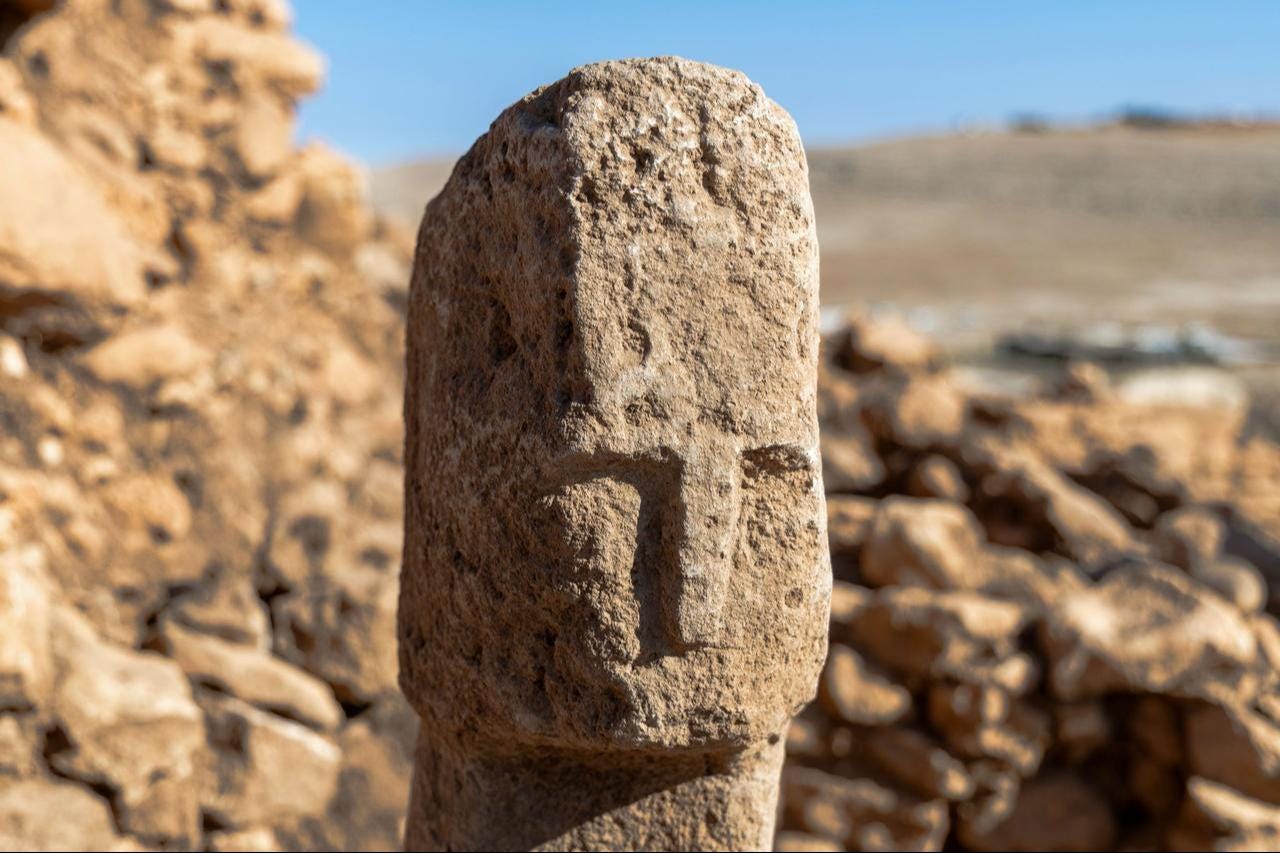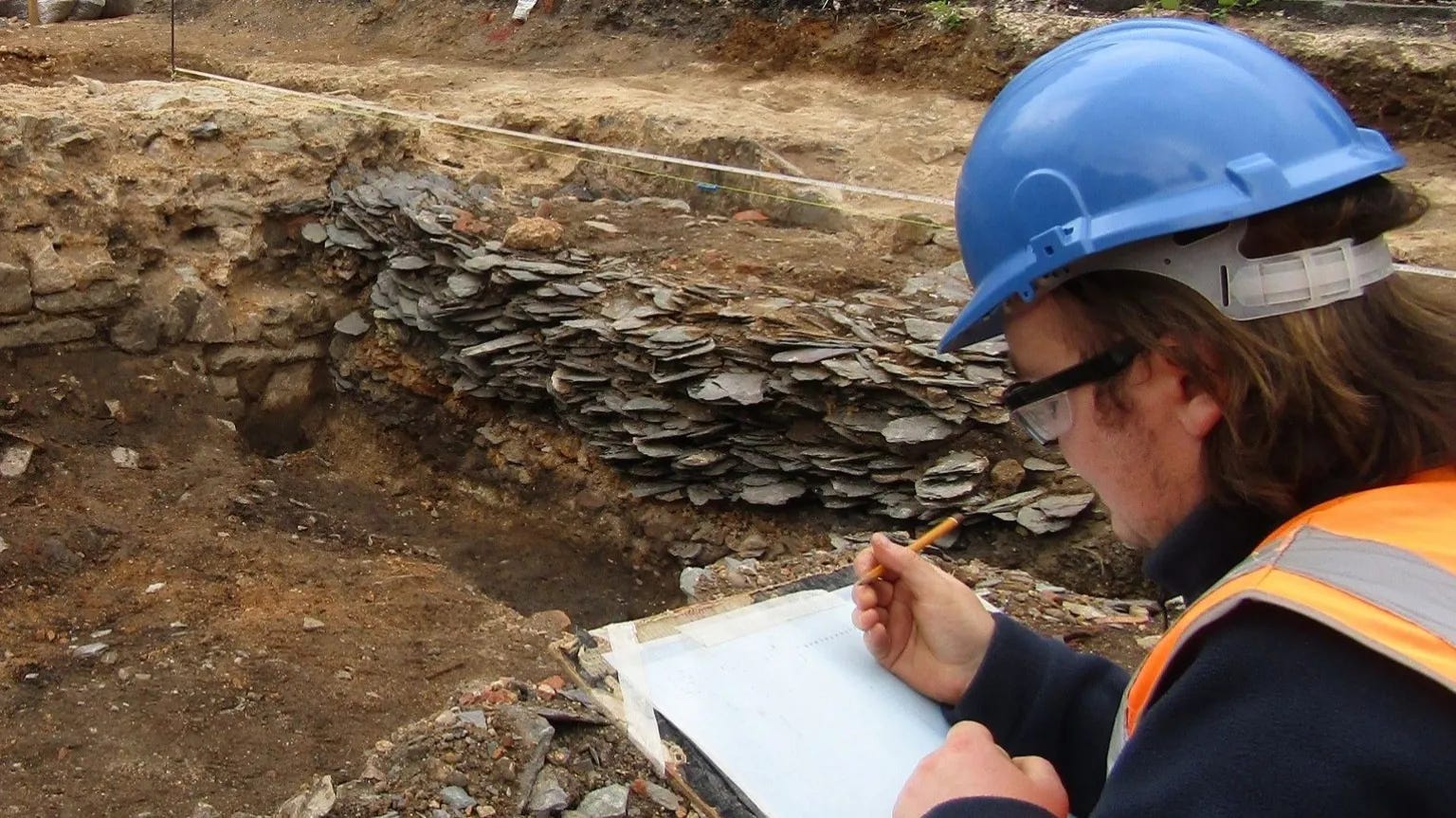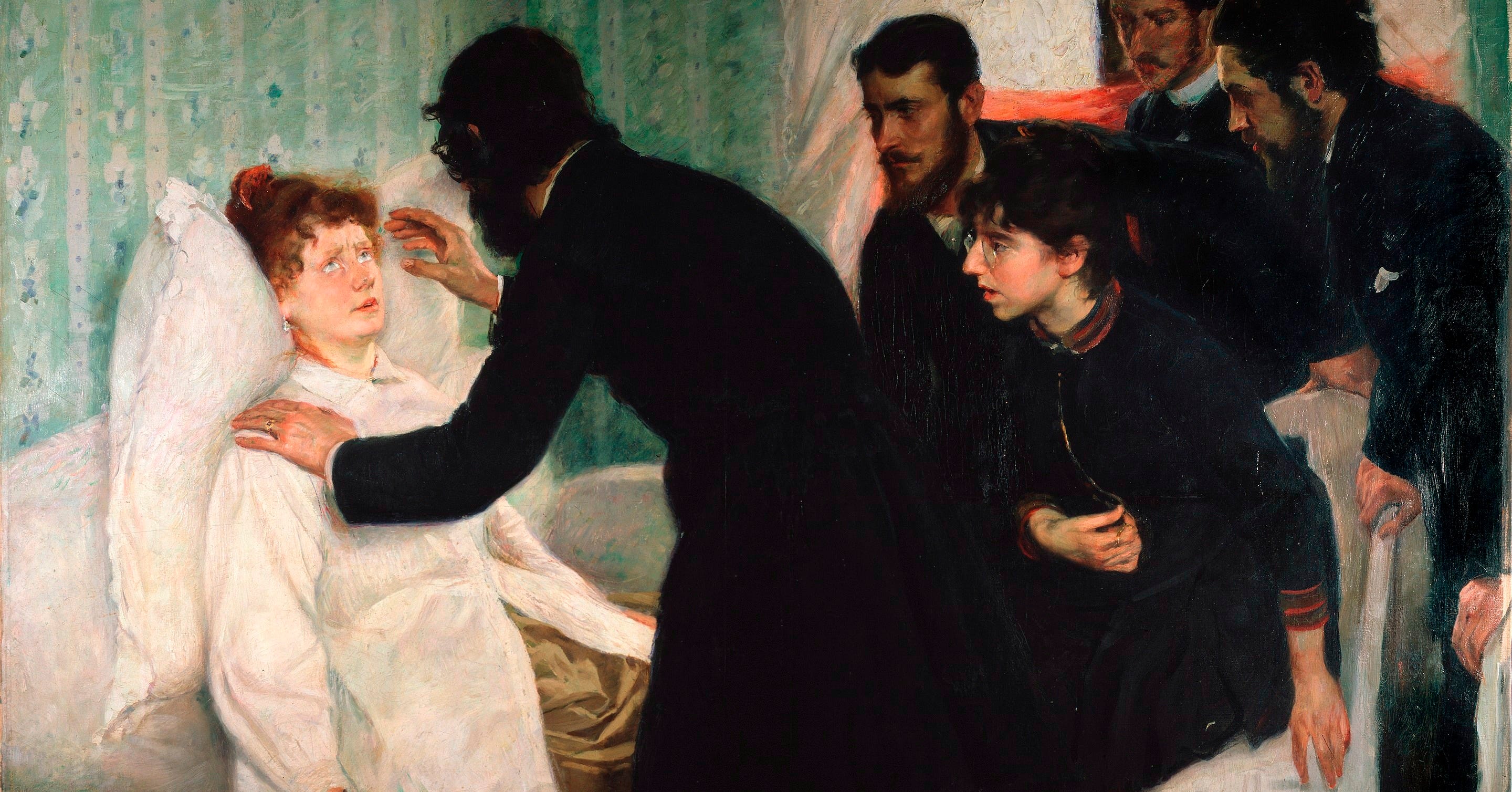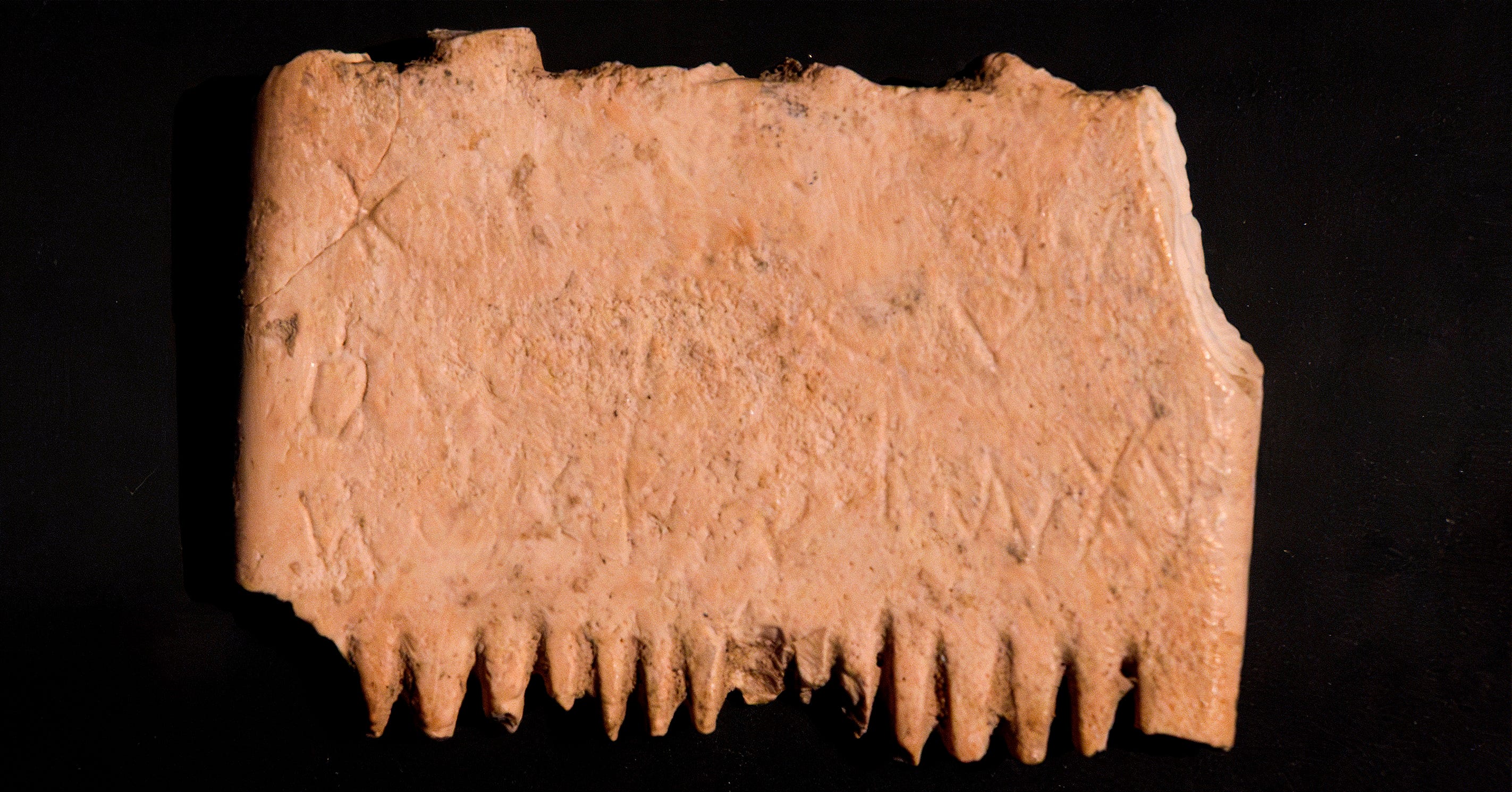Michael Crichton’s Jurassic Park is far more than a tale of resurrected dinosaurs running amok. This sci-fi thriller carries deeper cultural threads that connect paleontology, indigenous mythology and ethical warnings about humanity’s unchecked ambition.
By linking myth with science, the novel reveals our age-old habit of explaining the unknown through traditional legends. Among the most intriguing connections is the subtle intertwining of Crichton’s fictional dinosaurs with the undead Hupia—faceless nocturnal spirits from Taíno mythology. This article explores how these two elements converge, adding a chilling layer of meaning to Jurassic Park.
The Taíno People and the Undead Hupia Spirits
The Taíno are an indigenous people who once thrived across the Caribbean islands, which includes modern-day Puerto Rico, Cuba, Jamaica, Haiti and the Dominican Republic. Their worldview has deep roots in the Caribbean spirit realm, encompassing both benevolent and malevolent entities. Among these are the Hupia — mysterious and faceless spirits believed to prowl during the night. Tales of these undead creatures warned of disappearances, illness and the dangers lurking in darkness. The Hupia were also associated with guava trees, as the spirits were thought to dwell among their fruit.
The Hupia embodied the Taíno’s fears of the unknown, serving as both cultural memory and cautionary tale. These legends resonated with the universal human instinct to personify the inexplicable through stories.
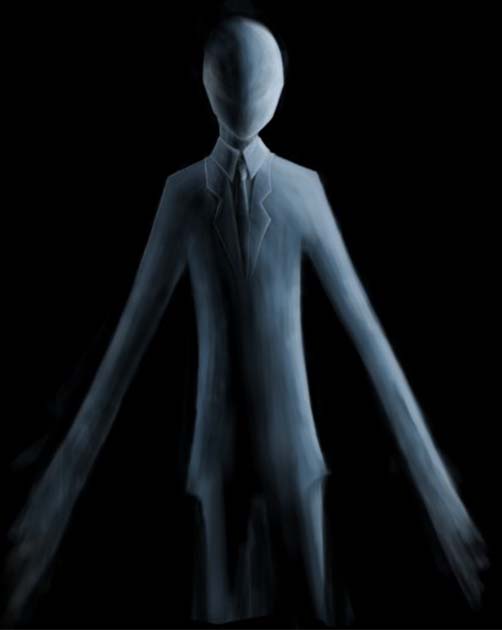
The Hupia’s Role in Jurassic Park
Crichton’s novel captures this theme by introducing the Hupia as a folkloric explanation for the plot’s mysterious incidents. In an early scene from the novel, villagers attribute deep lacerations on a mortally wounded 18-year old boy to the Hupia, only for the narrative to later reveal the true nature of the attacker: a Velociraptor. Similarly, the nightmarish attack on a young girl by another dinosaur called the Procompsognathus is initially blamed on these spirits.
Although fleeting scenes in the overall storyline, these specific references create an eerie juxtaposition between science and superstition. By invoking the Hupia, Crichton illustrates how traditional beliefs offer familiarity and language to explain the unexplainable. This creative twist roots the novel’s horror in both cultural lore and modern science.
Carnivorous Dinosaurs: Inspirations and Adaptations
Velociraptors in Jurassic Park are iconic but largely fictionalized. While their intelligence and social behavior captivate audiences, the real-life Velociraptor was much smaller—closer in size to a Thanksgiving turkey—and also covered in feathers. Crichton blended traits from the larger Deinonychus, a cousin of the Velociraptor and closer in size to the film’s raptors, to create a more formidable predator.
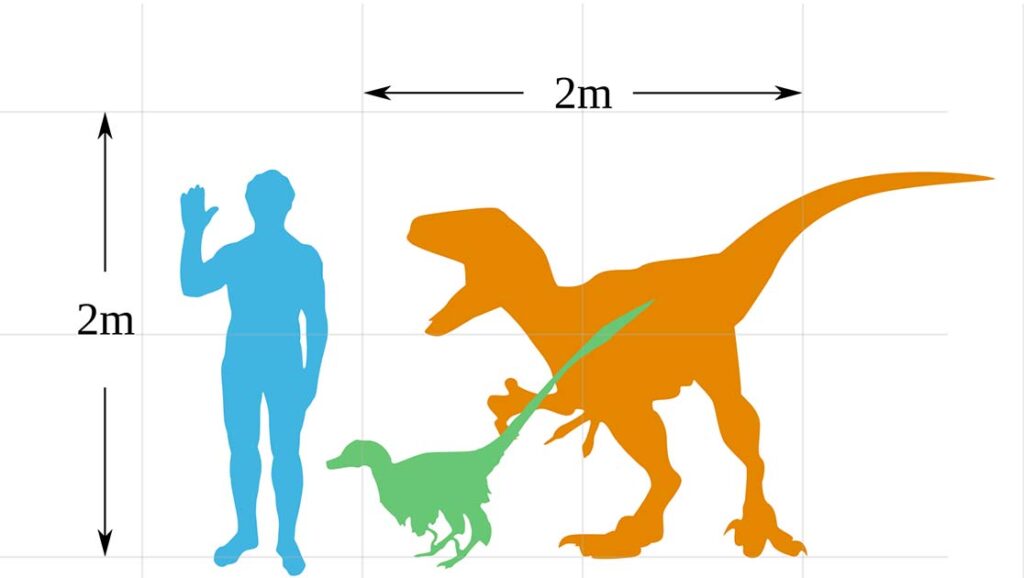
As for Procompsognathus, these were small scavengers about the size of chickens, but reimagined by Crichton into swarming lizard-like predatory threats. In the novel, he amplified their menace by inventing venomous traits, a significant departure from paleontology.
These liberties reflect Crichton’s genius in fusing scientific fact with speculative fiction, crafting creatures that evoke primal fear.
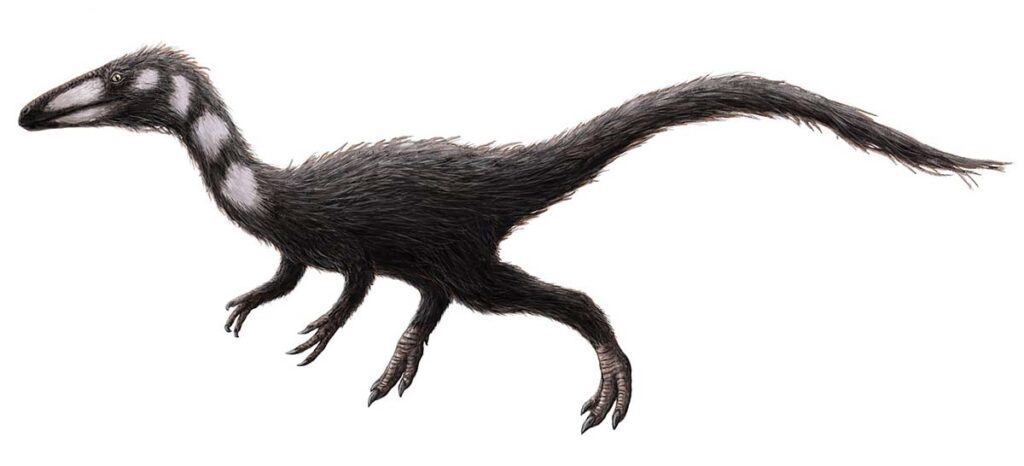
Shared Symbolism: Primal Dinosaurs and Indigenous Spirits
The parallels between Velociraptors and the indigenous undead Hupia extend beyond physical terror. Both thrive in shadows, strike unexpectedly and embody the “facelessness” of relentless forces beyond human control. The Procompsognathus’ child-stealing nature further mirrors the legends surrounding the folkloric Hupia.
By blending myth with science, Crichton blurs the lines between ancient fears and modern ones. The Hupia symbolize humanity’s deep-seated psychological anxieties about the unseen, while the dinosaurs bring those fears to life in terrifying physical form.
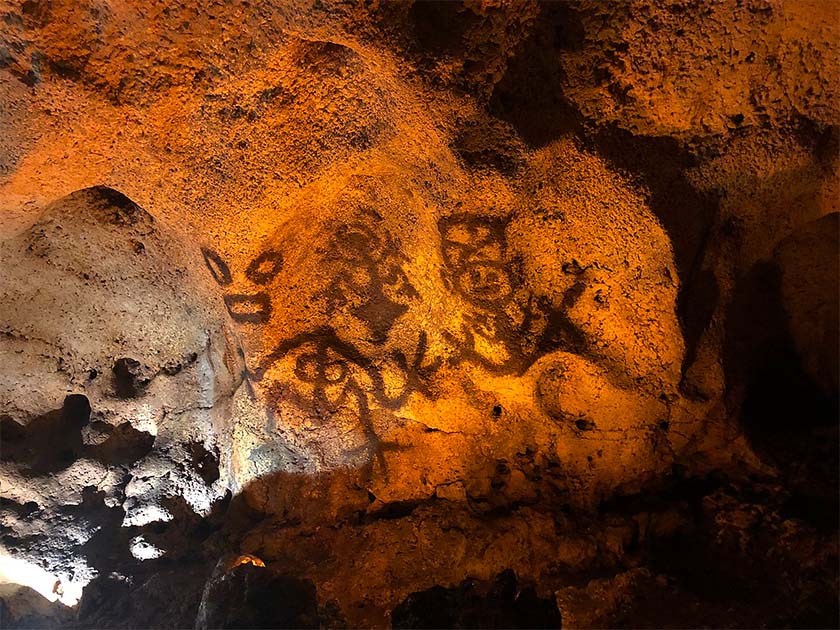
The Lingering Impact & Warning of Jurassic Park
Since the book and movie’s release, Velociraptors have transcended scientific discussion to become cultural symbols of cunning terror. Crichton’s imaginative leap turned obscure dinosaurs into modern-day boogeymen. In doing so, he also gave new visibility to indigenous Caribbean myths like the Hupia spirits even if indirectly.
By reviving the legend of the Hupia in a modern thriller, Jurassic Park and the recent incarnation of Jurassic World reminds us that myths are never just stories. They are echoes of real fears. In Crichton’s world, resurrected predatory dinosaurs and fear-inducing ghosts are two sides of the same coin: warnings of forces we don’t fully understand and should not attempt to control.
Crichton’s Jurassic Park is a meditation on fear, myth and the dark side of scientific vanity. The Hupia and the dinosaurs, though worlds apart in origin, converge in the narrative to remind us of one timeless truth: when we awaken ancient forces—be they spiritual or prehistoric—we may not be ready to face what emerges from the shadows.
Note: Our crew of writers here at AllThatHistory are also fans of Ali Awada’s creative videos and interpretations of Jurassic Park lore. His fan videos of Jurassic Park, which includes his own video adaptations or re-imaginings of some of Michael Crichton’s novel scenes (like the Hupia video above) are utterly amazing. Definitely a visual treat for all Jurassic Park lovers. Be sure to check Ali and his crew’s Youtube channel, give their videos a Like and a Subscribe, and tell them AllThatHistory.com sent you in their video comments! Thank you for reading!
Top image: The Prop Store of London – LA – Vampire from Priest by The Pop Culture Geek Network, CC BY-NC 2.0) Jurassic Waterloo: Echo by Michael Garnett, CC BY-NC-SA 2.0
References:
- SparkNotes Editors. “Jurassic Park Symbols – The Hupia.” SparkNotes.com, SparkNotes LLC, n.d., www.sparknotes.com/lit/jurassicpark/symbols/.
- Monstropedia. “Hupia.” Monstropedia.org, 18 Dec. 2008, www.monstropedia.org/index.php?title=Hupia.
